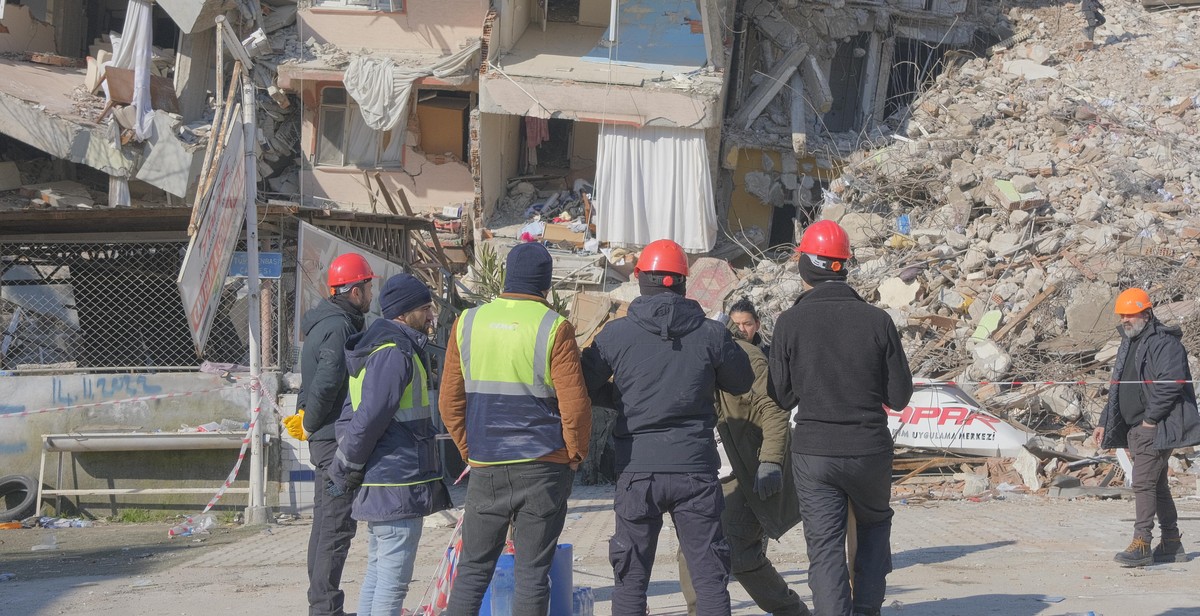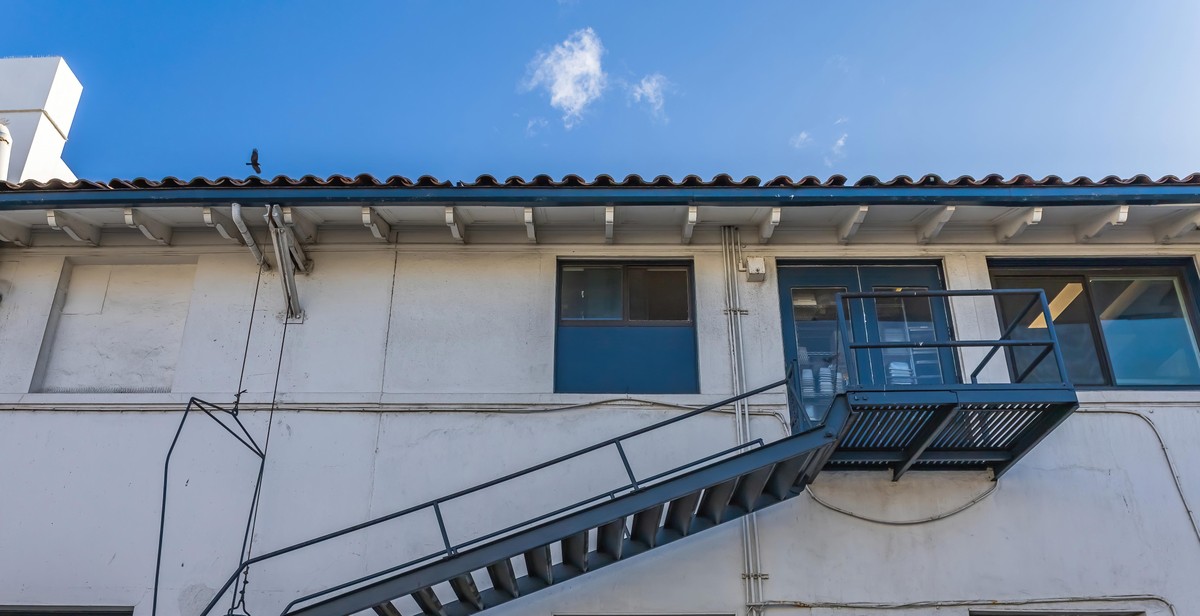How to Conduct a Home Earthquake Drill: Steps for Practicing Emergency Procedures
Earthquakes can happen anytime, anywhere, and without warning. That’s why it’s important to be prepared and have a plan in place to minimize the damage and protect yourself and your loved ones. One of the best ways to prepare for an earthquake is by conducting a home earthquake drill. It will help you practice emergency procedures, identify potential hazards, and test your family’s readiness.
Why Conduct a Home Earthquake Drill?
During an earthquake, every second counts, and being prepared can make all the difference. Conducting a home earthquake drill can help you:
- Practice emergency procedures and evacuation routes
- Identify potential hazards and take steps to minimize damage
- Test your family’s readiness and communication skills
- Reduce fear and anxiety by being prepared
Steps for Conducting a Home Earthquake Drill
Here are some steps to follow when conducting a home earthquake drill:
- Plan ahead: Identify safe spots in each room, such as under a sturdy table or against an interior wall, and create an evacuation plan.
- Announce the drill: Tell everyone in your household that you will be conducting an earthquake drill and explain the procedures.
- Practice: Simulate an earthquake by shaking the room and timing how long it lasts. Then, practice dropping to the ground, taking cover, and holding on.
- Evacuate: Once the shaking stops, evacuate to a designated safe spot outside the house.
- Assess: Evaluate the drill and identify areas for improvement.
By following these steps and conducting regular home earthquake drills, you can help ensure that you and your family are prepared for the unexpected.

Why is it important to conduct a home earthquake drill?
Earthquakes are unpredictable and can strike anytime, anywhere. Therefore, it’s crucial to be prepared, especially if you live in an earthquake-prone area. Conducting a home earthquake drill is one of the best ways to ensure that you and your family know what to do in case of an earthquake. Here are some reasons why it’s important to conduct a home earthquake drill:
- Ensures safety: Conducting a home earthquake drill helps you identify potential hazards in your home and teaches you how to avoid them during an earthquake. It also helps you practice safety procedures such as drop, cover, and hold on, which can save your life during an earthquake.
- Reduces panic: When an earthquake strikes, panic can set in, making it difficult to think clearly and act quickly. However, if you’ve practiced an earthquake drill, you’ll be less likely to panic and more likely to remember what to do to stay safe.
- Prevents injuries: During an earthquake, injuries can occur from falling objects, broken glass, and other hazards. Practicing an earthquake drill helps you identify potential hazards and take steps to prevent injuries.
- Teaches children: Children are often the most vulnerable during an earthquake. Conducting a home earthquake drill teaches them what to do to stay safe and ensures that they know how to react in case of an earthquake.
- Prepares for emergencies: Earthquakes can cause power outages, gas leaks, and other emergencies. Practicing an earthquake drill helps you prepare for these emergencies and teaches you how to react in case they occur.
Overall, conducting a home earthquake drill is an essential part of earthquake preparedness. It helps ensure your safety, reduces panic, prevents injuries, teaches children, and prepares you for emergencies. So, take the time to practice an earthquake drill with your family and make sure you’re prepared for when an earthquake strikes.

Step 1: Create an Emergency Plan
Creating an emergency plan is the first and most important step in preparing for an earthquake. Your emergency plan should include identifying safe places, assigning responsibilities, and preparing an emergency kit.
Identify Safe Places
Identifying safe places in your home is crucial in the event of an earthquake. Safe places include areas that are structurally sound and away from hazards such as windows, bookshelves, or heavy furniture. Safe places can include:
- Under sturdy tables or desks
- Against inside walls
- In doorways
- Outside away from buildings, trees, and power lines
Make sure everyone in your household is aware of the designated safe places and knows how to get to them quickly.
Assign Responsibilities
Assigning responsibilities to each member of your household can ensure that everyone is prepared and knows what to do in the event of an earthquake. Responsibilities can include:
- Turning off gas, water, and electricity
- Grabbing the emergency kit
- Assisting children or elderly family members
- Checking on neighbors or pets
Make a list of these responsibilities and ensure that everyone understands their role.
Prepare Emergency Kit
Preparing an emergency kit is essential in the event of an earthquake. Your emergency kit should include:
- First aid kit
- Flashlights and extra batteries
- Non-perishable food and water
- Extra clothing and blankets
- Copies of important documents such as identification and insurance papers
Store your emergency kit in a designated location that is easily accessible to everyone in your household.
| Tip: | Make sure to regularly check and update your emergency kit to ensure that all items are still functional and not expired. |
|---|
By following these steps and creating an emergency plan, you and your household can be better prepared for an earthquake and increase your chances of staying safe.

Step 2: Conduct a Safety Check
Before starting your earthquake drill, it’s important to conduct a safety check to ensure that your home is free from hazards that may cause injuries during the drill. Here are some safety checks to perform:
Check for Hazards
Walk around your home and identify any hazards that could cause harm during an earthquake. Ensure that there are no loose items or debris on the floor that could cause someone to trip and fall. Also, make sure that all sharp objects are safely stored away, and any hazardous materials are properly secured.
Secure Heavy Objects
Heavy objects like bookshelves, cabinets, and appliances can become dangerous during an earthquake if they are not secured properly. Ensure that all heavy objects in your home are anchored to the wall or floor to prevent them from falling over. Use straps, brackets, or bolts to secure them in place.
Identify Exits
During an earthquake, it’s essential to know where the exits in your home are located. Identify all possible exits and ensure that they are clear of any obstacles. If you live in an apartment building, know the location of the emergency exits and stairwells.
By conducting a safety check before starting your earthquake drill, you can minimize the risk of injuries and ensure that everyone knows how to safely evacuate the building in case of an earthquake.

Step 3: Practice Drills
Practice drills are essential to ensure that everyone in your household knows what to do during an earthquake. The following drills should be practiced regularly:
Drop, Cover, and Hold On
The Drop, Cover, and Hold On technique is the most effective way to protect yourself during an earthquake. It involves dropping to the ground, taking cover under a sturdy piece of furniture, and holding on until the shaking stops. Make sure everyone in your household knows how to perform this technique. Conduct a drill by announcing a simulated earthquake, and instruct everyone to Drop, Cover, and Hold On.
Evacuation Procedures
If your home is severely damaged during an earthquake, you may need to evacuate. Establish evacuation procedures and practice them with your household. Identify the safest evacuation routes and make sure everyone knows where to go. Assign responsibilities to each member of the household, such as grabbing important documents or pets. Conduct a drill by announcing a simulated earthquake, and instruct everyone to evacuate using the established procedures.
Communication Protocols
Communication is crucial during an earthquake. Establish communication protocols and practice them with your household. Designate a meeting place outside your home where everyone can gather after the earthquake. Make sure everyone knows how to use a whistle or other signaling device to alert rescuers if they are trapped. Conduct a drill by announcing a simulated earthquake, and instruct everyone to use the established communication protocols.
| Drill | Frequency |
|---|---|
| Drop, Cover, and Hold On | At least twice a year |
| Evacuation Procedures | At least twice a year |
| Communication Protocols | At least twice a year |
Remember, the more you practice, the better prepared you will be in the event of an earthquake.

Conclusion
Conducting a home earthquake drill is an essential step in preparing for a natural disaster. By practicing emergency procedures, you can ensure the safety of yourself and your family during a seismic event. The steps outlined in this article are simple yet effective ways to simulate an earthquake and practice the necessary procedures.
Remember to have a designated meeting place and to practice evacuating your home safely. Additionally, it is crucial to have an emergency kit stocked with essential supplies such as water, food, and first aid items. Don’t forget to include any necessary medications or special needs items for family members.
It is also important to involve all family members in the drill, including children. Educate them on the importance of earthquake safety and what to do in case of an emergency. By practicing drills regularly, you can ensure that everyone in your household is prepared and knows what to do in case of an earthquake.
Final Thoughts
While earthquakes can be unpredictable, being prepared can make all the difference in ensuring the safety of you and your loved ones. Remember to stay calm, follow the steps outlined in this article, and have a plan in place in case of an emergency.
Stay safe and be prepared!
